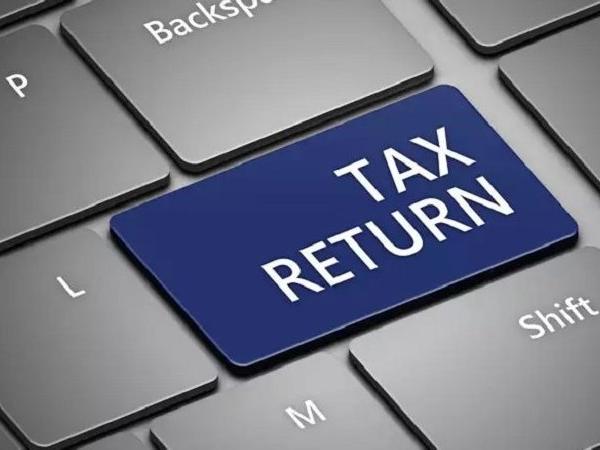When it comes to financial obligations, the government depends heavily on taxes to fund its many agendas, which range from the construction of infrastructure to the delivery of various services. India has a sophisticated tax collection system in which taxpayers pay according to their income levels. Some people pay their taxes right before the deadline, while others must pay penalties for paying after the deadline.
Read More : Budgeted 5 Laptops under Rs 40,000 you can buy in India
Unveiling Advance Tax
The idea of advance tax, which depends on when and how it is paid, is a crucial component of this taxation system. Comprehending this concept is essential for skillfully maneuvering through the tax environment.
Defining Advance Tax
The traditional year-end lump sum tax payment paradigm is transcended by advance tax. As specified by the income tax department, it involves individuals proactively remitting a portion of their income tax at predetermined intervals. Known as “pay as you earn” informally, this tax payment model synchronizes tax payments with the receipt of income at the same time. The idea is to encourage a more controllable tax schedule for the duration of the fiscal year.
Read More : Budgeted 5 Laptops under Rs 40,000 you can buy in India
Eligibility and Criteria
Under Section 208 of the Income Tax Act, individuals who owe more than Rs 10,000 in annual taxes are liable for advance tax. This encompasses a broad spectrum of jobs, such as independent contractors, business owners, and salaried professionals. Notably, this computation takes into account income from a wide range of sources, such as dividends from stocks, fixed deposit interest, lottery winnings, and rental income. However, seniors who are 60 years of age or older are exempt from this requirement.
# Deciphering the Calculation Process
The process for calculating advance tax follows a methodical order:
1. After deducting salary receipts, assess the entire income.
2. Subtract from the income determined in Step 1 any allowable expenses, such as utility bills, travel expenses, and medical insurance premiums.
3. Include additional sources of income such as rental income, returns from fixed deposits, or unforeseen windfalls such as winnings from the lottery.
4. Remitting advance tax becomes necessary if the resulting tax liability exceeds Rs 10,000.
# Making the Calculation Simpler: A Step-by-Step Manual
Visit the official Income Tax Department website or click the following link: India’s Income Tax
Read More : Check out these wise tips to protect your credit card from frauds right now
Go to the webpage’s navigation bar and select the “tax information and services” section.
Go to the “tax tools” tab and use the given link to access the advance tax calculator: Tax Calculator in Advance.
When prompted, enter the necessary information and submit the data.
By following these guidelines and using the Income Tax Department’s official website, people can accurately and efficiently calculate their advance tax liabilities, which encourages compliance with the tax code.











